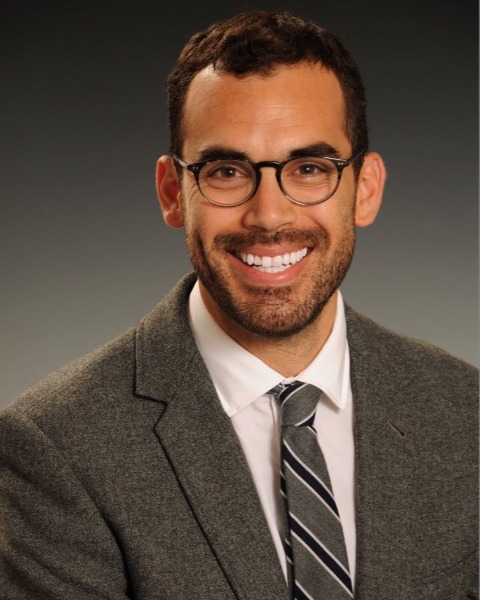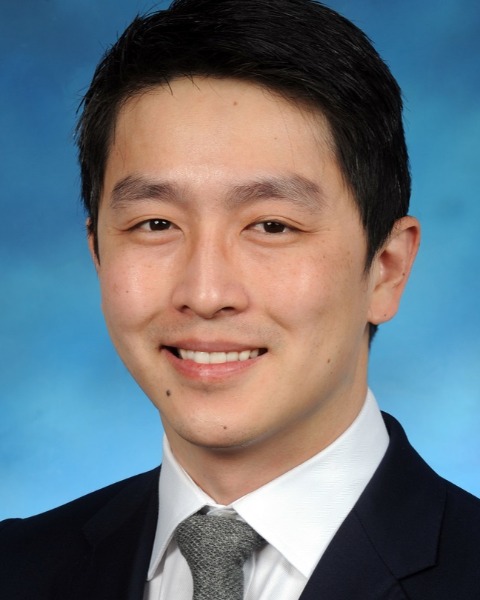Endocrine
E172: Evaluating Margin Positivity and Risk Stratification in Parathyroid Carcinoma: Insights from the National Cancer Database

Ace St. John, MD, MS (he/him/his)
Resident Physician
University of Maryland Medical Center, United States
Ace St. John, MD, MS (he/him/his)
Resident Physician
University of Maryland Medical Center, United States
Ace St. John, MD, MS (he/him/his)
Resident Physician
University of Maryland Medical Center, United States- PE
Patricia Erickson, MPH
School of Public Health
University of Maryland, United States 
JJ Newland, MD, MS
Resident
University of Maryland Medical Center
Baltimore, Maryland, United States- JT
Julia Terhune, MD
Assistant Professor
University of Maryland Medical Center, United States - DT
Doug Turner, MD
Professor of Surgery
Department of Surgery, University of Maryland Baltimore, United States 
Yinin Hu, MD (he/him/his)
Assistant Professor of Surgery
Department of Surgery, University of Maryland Baltimore, University of Maryland Marlene and Stewart Greenebaum Comprehensive Cancer Center
Baltimore, Maryland, United States
ePoster Abstract Author(s)
Submitter(s)
Author(s)
Parathyroid carcinoma (PC) is a rare malignancy presenting diagnostic and management challenges. This study aims to identify factors associated with margin positivity following PC surgery. We hypothesize that there are factors related to margin status that may aid in intraoperative guidance.
Methods: Using the 2004-2020 National Cancer Database (NCDB), we retrospectively analyzed patients with parathyroid carcinoma for whom either a positive margin (PM) or negative margin (NM) was recorded. Surgical approaches were categorized as Local Resection (LR) or Radical Surgery (RS). Based on surgical approach and margin status, patients were divided into four subgroups: LR/NM (indicative of lower-risk cases), RS/PM (R0 resection may not be feasible), LR/PM (inadequate resection), and RS/NM (adequate resection). Statistical associations were assessed using Chi-Square for univariate analyses and multivariable logistic regression.
Results: Out of 1175 patients, 935 had a determinable margin status. 26.52% (n=248) had positive margins (PM) and 73.48% (n=687) had negative margins (NM). The LR/PM subgroup accounted for 14.44% (n=135) of patients, while RS/PM accounted for 2.03% (n=19). The univariate analysis pinpointed older age (p=0.03), positive lymph nodes ((OR 2.89; 95% CI: 1.46-5.69; p=0.002), and lymphovascular invasion (OR 2.33; 95% CI: 1.46-3.71; p< 0.001) as factors associated with positive margins. However, multivariable analysis revealed no modifiable factors associated with positive margins. Notably, tumor size and institutional case volume did not correlate with margin positivity in either analysis. On univariate and multivariable analyses assessing predictors of inadequate resection, LR/PM surgery was not associated with facility type, geographic region, age, sex, race, insurance status, median Income, urban vs rural, Charlson-Deyo score, year of diagnosis.
Conclusions: One out of every four PCA cases are treated with a margin-positive resection. More than half of these are due to inadequate extent of surgery, signifying that most cases of PCA are not recognized until after the index operation. Outcomes are suboptimal across all demographic and institutional strata. Future research should focus on radiographic and biochemical markers that can help differentiate between benign and malignant parathyroid pathology in the preoperative setting.
Learning Objectives:
- Recognize the diagnostic and management complexities surrounding parathyroid carcinoma (PC) and its surgical interventions.
- Emphasize the absence of definitive preoperative factors predicting margin positivity and the necessity for in-depth research to determine optimal treatment strategies for PC.
- Analyze the proportion of PC patients with margin-positive resections and the implications of potentially avertable cases by shifting from LR to RS intraoperatively.
